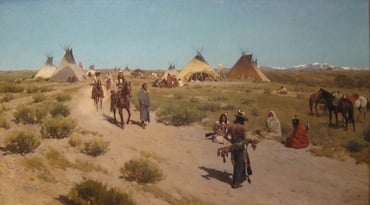1
亞伯拉罕從那裡向南地遷去,寄居在加低斯和書珥中間的基拉耳。
2
亞伯拉罕稱他的妻撒拉為妹子,基拉耳王亞比米勒差人把撒拉取了去。
3
但夜間,神來,在夢中對亞比米勒說:你是個死人哪!因為你取了那女人來;他原是別人的妻子。
4
亞比米勒卻還沒有親近撒拉;他說:主阿,連有義的國,你也要毀滅麼?
5
那人豈不是自己對我說他是我的妹子麼?就是女人也自己說:他是我的哥哥。我作這事是心正手潔的。
6
神在夢中對他說:我知道你作這事是心中正直;我也攔阻了你,免得你得罪我,所以我不容你沾著他。
7
現在你把這人的妻子歸還他;因為他是先知,他要為你禱告,使你存活。你若不歸還他,你當知道,你和你所有的人都必要死。
8
亞比米勒清早起來,召了眾臣僕來,將這些事都說給他們聽,他們都甚懼怕。
9
亞比米勒召了亞伯拉罕來,對他說:你怎麼向我這樣行呢?我在甚麼事上得罪了你,你竟使我和我國裡的人陷在大罪裡?你向我行不當行的事了!
11
亞伯拉罕說:我以為這地方的人總不懼怕神,必為我妻子的緣故殺我。
12
況且他也實在是我的妹子;他與我是同父異母,後來作了我的妻子。
13
當神叫我離開父家、飄流在外的時候,我對他說:我們無論走到甚麼地方,你可以對人說:他是我的哥哥;這就是你待我的恩典了。
14
亞比米勒把牛、羊、僕婢賜給亞伯拉罕,又把他的妻子撒拉歸還他。
15
亞比米勒又說:看哪,我的地都在你面前,你可以隨意居住;
16
又對撒拉說:我給你哥哥一千銀子,作為你在閤家人面前遮羞(原文作眼)的,你就在眾人面前沒有不是了。







